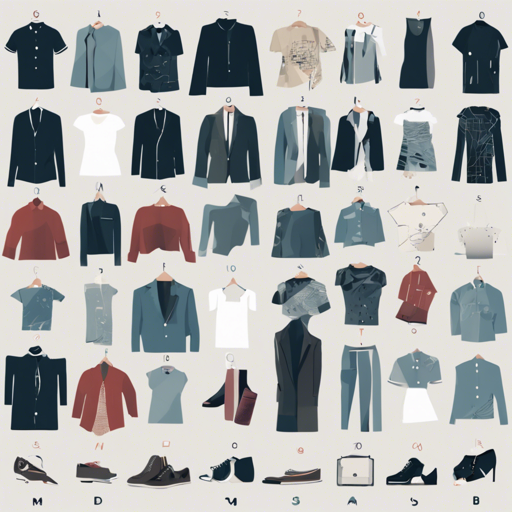The Fashion-MNIST dataset is a fantastic addition to the machine learning community, allowing researchers and developers to benchmark their algorithms against a more complex dataset than the traditional MNIST. With 60,000 training examples and 10,000 test examples of Zalando’s clothing images, Fashion-MNIST is a direct drop-in replacement for the original MNIST dataset. This article will guide you through using the Fashion-MNIST dataset, ensuring that you have everything you need to get started!
Why We Made Fashion-MNIST
The original MNIST dataset consists of handwritten digits, which, while important, is often too simplistic for measuring the performance of modern machine learning models. Researchers in the AIML community appreciate real-world complexity, which prompted the creation of Fashion-MNIST.
Get the Data
You can easily obtain the Fashion-MNIST dataset in several ways. Here are some direct download links to the dataset resources:
Name | Content | Examples | Size | Link
--------------------------|--------------------------|----------|----------|----------------------------------------------------
train-images-idx3-ubyte.gz | training set images | 60,000 | 26 MBytes| Download
train-labels-idx1-ubyte.gz | training set labels | 60,000 | 29 KBytes| Download
t10k-images-idx3-ubyte.gz | test set images | 10,000 | 4.3 MBytes| Download
t10k-labels-idx1-ubyte.gz | test set labels | 10,000 | 5.1 KBytes| Download
Alternatively, you can clone the GitHub repository, where the dataset can be found under the ‘data’ directory:
bash
git clone git@github.com:zalandoresearch/fashion-mnist.git
Usage
Here’s how you can load the Fashion-MNIST dataset using different libraries and frameworks:
Loading Data with Python
To load the data using Python, ensure that you have NumPy installed. Use the following code:
python
import mnist_reader
X_train, y_train = mnist_reader.load_mnist('data/fashion', kind='train')
X_test, y_test = mnist_reader.load_mnist('data/fashion', kind='t10k')
Loading Data with TensorFlow
Make sure that you have the Fashion-MNIST data downloaded and placed in the directory. Then, use TensorFlow like this:
python
from tensorflow.examples.tutorials.mnist import input_data
data = input_data.read_data_sets('data/fashion')
data.train.next_batch(BATCH_SIZE)
Benchmarking with Fashion-MNIST
To evaluate your model’s performance, you can perform automatic benchmarking using the provided scripts in the repository. It supports various classifiers and parameters. Find the results of various benchmarks here.
Troubleshooting
If you run into issues while using the Fashion-MNIST dataset, consider the following troubleshooting ideas:
- Double-check that you have downloaded all parts of the dataset correctly.
- Ensure that the file paths in your code match the location you stored the dataset files.
- For TensorFlow users, verify that the library is not defaulting to the original MNIST dataset; make sure your paths are accurate.
For more insights, updates, or to collaborate on AI development projects, stay connected with fxis.ai.
Conclusion
With the Fashion-MNIST dataset, you now have a more challenging alternative for evaluating your machine learning models. The dataset can highlight the effectiveness and efficiency of your algorithms and push the boundaries of what’s possible. At fxis.ai, we believe that such advancements are crucial for the future of AI, as they enable more comprehensive and effective solutions. Our team is continually exploring new methodologies to push the envelope in artificial intelligence, ensuring that our clients benefit from the latest technological innovations.

